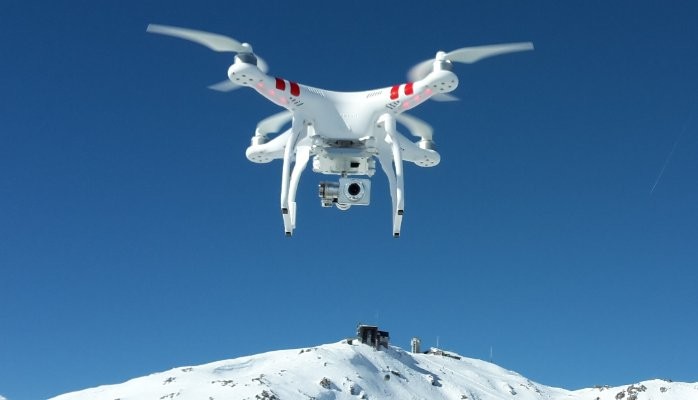Drones have revolutionized the world of video editing, transforming how content is captured and produced. From breathtaking aerial shots to dynamic tracking, drones offer filmmakers and editors unprecedented creative opportunities. This article explores the impact of drones on video editing, the benefits they bring, and the techniques used to integrate drone footage into final productions.
The Impact of Drones on Video Editing
Drones have democratized aerial videography, making it accessible to filmmakers of all levels. Previously, capturing aerial shots required expensive equipment like helicopters or cranes, limiting their use to big-budget productions. With drones, even independent filmmakers and hobbyists can achieve stunning aerial perspectives. This shift has expanded the visual language of film and video, allowing for more diverse and engaging storytelling.
The versatility of drones enables filmmakers to capture footage from unique angles and perspectives. Commercial drones can navigate through tight spaces, hover at various altitudes, and follow subjects with precision. This flexibility opens up new possibilities for creativity, resulting in more dynamic and visually compelling videos.
Benefits of Using Drones in Video Editing
- Cost-Effective: Drones are a cost-effective alternative to traditional aerial filming methods. They eliminate the need for expensive equipment and permits, making aerial videography more affordable and accessible.
- High-Quality Footage: Modern drones are equipped with high-resolution cameras capable of shooting in 4K and even 8K. This ensures that the footage captured is of professional quality, suitable for various applications, from commercials to feature films.
- Efficiency and Speed: Drones can quickly set up and capture footage, reducing the time and effort required for traditional filming methods. This efficiency allows filmmakers to focus more on the creative aspects of video production.
- Creative Freedom: Drones provide creative freedom to explore new perspectives and compositions. Filmmakers can experiment with different angles, heights, and movements, adding depth and interest to their videos.
Techniques for Integrating Drone Footage into Video Editing
- Storyboarding and Planning: Effective use of drone footage begins with careful planning. Storyboarding helps visualize how drone shots will fit into the overall narrative. Planning also involves selecting appropriate locations, considering weather conditions, and ensuring legal compliance.
- Smooth Transitions: Integrating drone footage seamlessly with ground shots requires smooth transitions. Editors can use techniques like crossfades, match cuts, and whip pans to create a cohesive flow between different types of shots.
- Color Grading: Consistent color grading is essential for maintaining a unified look throughout the video. Drone footage may have different lighting and color tones compared to ground footage. Editors can use color correction tools to match the colors and ensure a seamless visual experience.
- Stabilization: While modern drones have built-in stabilization, some footage may still require additional post-processing. Video editing software offers stabilization features to smooth out any remaining shakiness, resulting in polished, professional-looking footage.
- Creative Effects: Editors can enhance drone footage with creative effects like speed ramps, slow motion, and dynamic transitions. These effects add drama and excitement to the video, making it more engaging for the audience. click here: free script to video ai
Challenges and Considerations
Despite their advantages, drones also present challenges that editors must consider. Battery life, weather conditions, and flight regulations can impact the ability to capture desired shots. Additionally, the learning curve for piloting drones and understanding their capabilities requires time and practice.
Editors must also be mindful of integrating drone footage naturally into the narrative. Overuse of aerial shots can distract from the story, so it’s crucial to balance drone footage with other types of shots to maintain audience engagement.
Conclusion
Drones have revolutionized video editing by providing cost-effective, high-quality aerial footage that enhances storytelling and visual appeal. With careful planning, creative techniques, and mindful integration, filmmakers can harness the full potential of drones to create captivating and immersive videos. As technology continues to advance, the role of drones in video editing will only grow, offering even more exciting possibilities for filmmakers and content creators.



